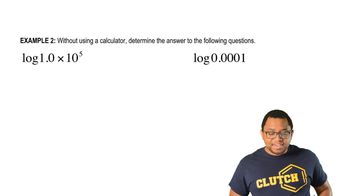Here are the essential concepts you must grasp in order to answer the question correctly.
tRNA Structure and Function
Transfer RNA (tRNA) is a type of RNA molecule that plays a crucial role in translating the genetic code into proteins. Each tRNA molecule has a specific structure that includes an anticodon region, which pairs with a corresponding codon on mRNA, and an amino acid attachment site. This structure allows tRNA to deliver the correct amino acid to the growing polypeptide chain during protein synthesis.
Recommended video:
Genetic Code and Codons
The genetic code consists of sequences of nucleotides in mRNA that are read in groups of three, known as codons. Each codon specifies a particular amino acid or a stop signal during protein synthesis. Since there are 64 possible codons (4 nucleotides raised to the power of 3), but only 20 standard amino acids, multiple codons can correspond to the same amino acid, necessitating a diverse set of tRNAs to ensure accurate translation.
Recommended video:
The Genetic Code Concept 1
Wobble Hypothesis
The wobble hypothesis explains how some tRNAs can recognize more than one codon due to flexibility in base pairing at the third position of the codon. This allows for a reduced number of tRNA molecules while still accommodating the 64 codons. However, to maintain fidelity in protein synthesis and to account for all codons, at least 20 distinct tRNAs are required, each specific to one or more amino acids.
Recommended video:
The Scientific Method Example 2
 Verified step by step guidance
Verified step by step guidance Verified video answer for a similar problem:
Verified video answer for a similar problem:



 1:42m
1:42m